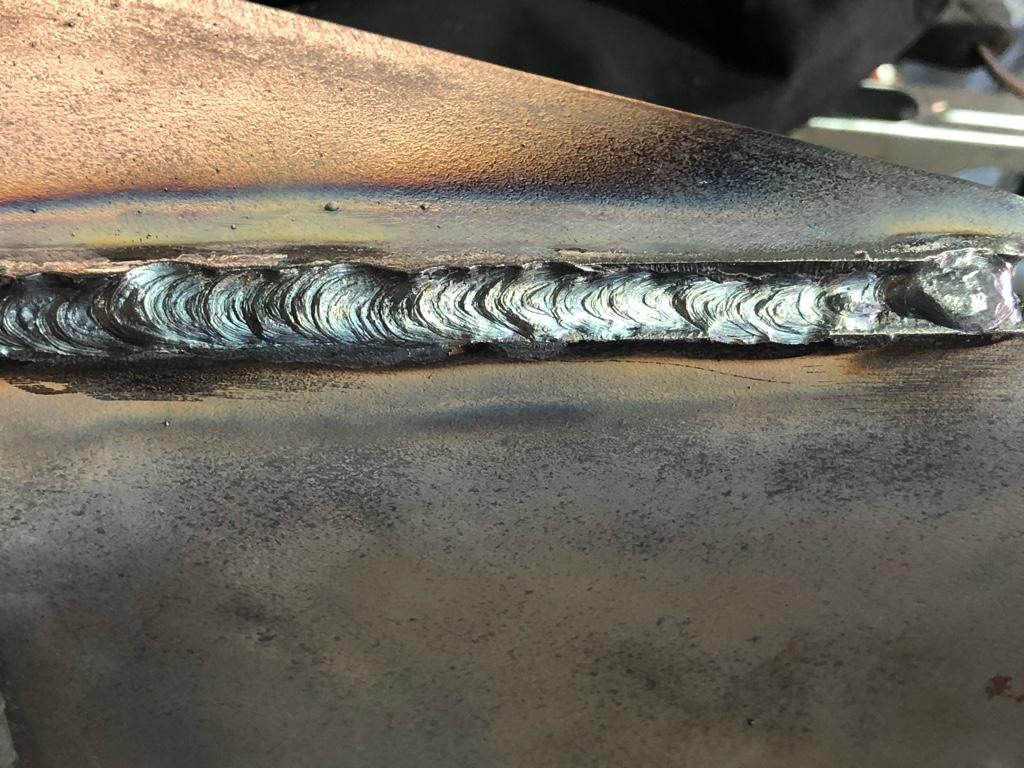Ultimate Guide to Preventing Weld Undercut: Tips and Techniques
Ultimate Guide to Preventing Weld Undercut: Tips and Techniques
Blog Article
Understanding the Art of Welding: How to Prevent Undercut Welding Issues for Flawless Fabrication Results
By recognizing the root triggers of undercut welding and applying efficient strategies to stop it, welders can elevate their craft to new levels of excellence. In the pursuit of flawless fabrication results, grasping the art of welding to prevent undercut problems is not just a skill however a requirement for those aiming for excellence in their work.
Comprehending Undercut Welding

To prevent undercut welding, welders must ensure appropriate welding parameters, such as changing the existing, voltage, travel speed, and keeping the correct electrode angle. Furthermore, making use of the suitable welding method for the specific joint setup is necessary. Utilizing weaving movements or backstepping strategies can help make sure correct weld metal deposition and decrease the probability of undercut development. Regular evaluation of welds throughout and after the welding procedure is additionally essential to catch any kind of undercut very early and make necessary adjustments to avoid more issues. Preventing weld undercut. By comprehending the reasons of undercut welding and carrying out preventative measures, welders can achieve premium, structurally audio welds.
Reasons of Undercut in Welding
Recognizing the elements that add to undercut in welding is vital for welders to generate premium, structurally audio welds. Inadequate welding current or wrong welding rate can additionally contribute to undercut. Comprehending these reasons and implementing appropriate welding strategies can help avoid damaging concerns, ensuring sturdy and solid welds.
Techniques to Avoid Undercutting

To reduce the threat of damaging in welding, welders can utilize strategic welding methods intended at improving the high quality and stability of the weld joints. Additionally, using the correct welding strategy for the details joint arrangement, such as weave or stringer grains, can contribute to reducing damaging.
In addition, correct joint preparation, including ensuring tidy base products totally free of contaminants and making use of the proper welding consumables, is vital in stopping undercut defects. Using back-step welding methods and managing the weld grain account can also aid distribute heat equally and reduce the risk of undercut. Normal evaluation of the weld joint during and after welding, in addition to executing quality control measures, can assist in discovering and addressing damaging issues without delay. By executing these strategies vigilantly, welders can attain perfect manufacture find out here results with minimal undercut issues.
Importance of Appropriate Welding Specifications
Picking and preserving proper welding criteria is vital for attaining successful welds with very little problems. Welding specifications describe variables such as voltage, existing, take a trip speed, electrode angle, and shielding gas flow rate that directly affect the welding procedure. These criteria have to be carefully changed based on the sort of material being welded, its thickness, and the welding method utilized.
Appropriate welding specifications make certain the correct amount of warmth is put on melt the base metals and filler material uniformly. If the parameters are established too high, it can lead to excessive warm input, creating burn-through, spatter, or distortion. On the other hand, if the specifications are too low, insufficient blend, absence of infiltration, or undercutting may occur.
Quality Control in Welding Workflow

Verdict
Finally, mastering the art of welding calls for a complete understanding of undercut welding, its causes, and strategies to avoid it. By guaranteeing proper welding specifications and applying quality guarantee practices, remarkable construction outcomes can be accomplished. It is essential for welders to continually pursue quality in their welding operations to stay clear of undercut problems and generate top notch welds.
Undercut welding, a common flaw in welding processes, happens when the weld steel doesn't effectively fill up the groove and leaves navigate here a groove or clinical depression along the welded joint.To avoid undercut welding, welders ought to make certain proper welding criteria, such as adjusting the present, voltage, traveling speed, and preserving the proper electrode angle. Inadequate welding present or incorrect welding rate can also contribute to damage.To mitigate the danger of damaging in welding, welders can use tactical welding methods intended at boosting the quality and stability of the weld joints.In verdict, mastering the art of welding requires a detailed understanding of undercut welding, its reasons, and techniques to avoid it.
Report this page